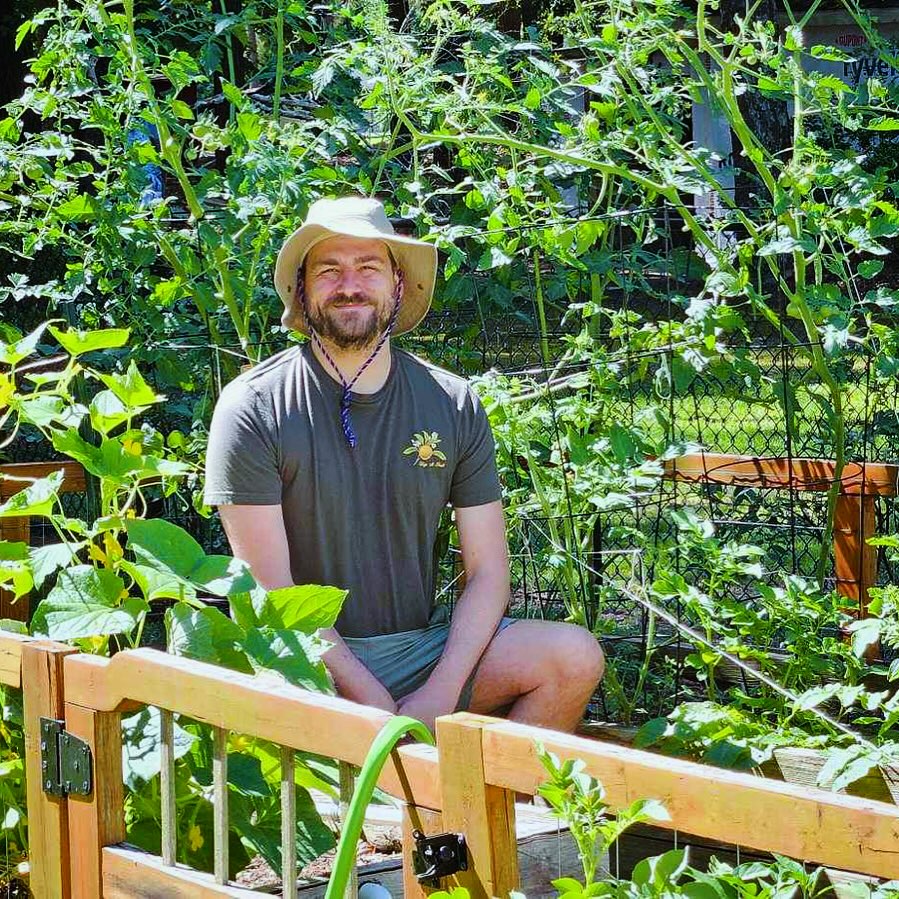Key Takeaways
We aim to:
Explore how subsoil sampling is transforming soil health in Europe, with Varda leading the charge in the EU’s €6 million DeepHorizon project.
By focusing on subsoil’s role in carbon storage, water retention, and nutrient cycling, the initiative aims to enhance sustainable agriculture and combat climate change.
Learn how this cutting-edge research impacts not just large-scale farms, but also practical strategies for gardeners looking to improve their soil’s resilience.
The health of our soil has always been a foundation for sustainable agriculture. But as climate change accelerates and farming practices push ecosystems to their limits, there’s a critical layer that’s been neglected—subsoil. This deep layer holds vast potential for storing carbon, retaining water, and cycling nutrients, yet remains largely unexplored.
As the EU launches a €6 million initiative to address this gap, the company Varda is stepping in to lead efforts on sampling. This collaboration is crucial for preserving soil health across Europe and ensuring future agricultural resilience.
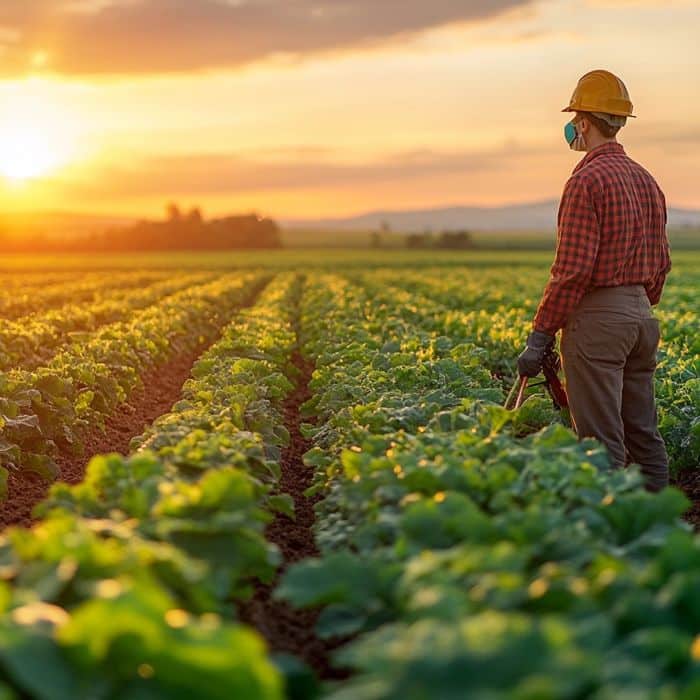
The Importance of Healthy Subsoil in Today’s Climate
While topsoil often gets the spotlight for its role in plant growth, subsoil—the layer just beneath it—plays an equally important role. Subsoil is denser, often holding more clay and minerals, which makes it a powerful reservoir for water retention and nutrient storage. These functions are critical as we face more extreme weather patterns, from droughts to heavy rainfall.
Many farmers, like myself, rarely considered the subsoil’s impact on plant health. In my own gardening experience, I used to think that adding organic matter to the topsoil was enough.
But after learning about subsoil’s role in sustaining ecosystems, I began paying more attention to how compacted subsoil in my garden hindered root growth and water absorption. Deep tillage helped, but I realized that real change came when I incorporated plants with deep root systems to naturally break through the subsoil layers.
The DeepHorizon Project: A Focus on Samples from the Subsoil Layer
The DeepHorizon project, funded by Horizon Europe, represents a new era in soil research. The EU’s €6 million investment aims to better understand the subsoil’s role in supporting ecosystems and mitigating climate change.
As part of this four-year project, Varda, an agtech company, will spearhead sample efforts across Europe. The goal is to create the first European-wide subsoil dataset, which will provide invaluable insights into subsoil functions like carbon storage and water retention.
Subsoil sampling is at the heart of this project. Unlike topsoil, subsoils are often less fertile and more compacted, making them harder to study. The sampling process will collect data from multiple layers, identifying their physical and chemical properties.
This information will then be integrated into Varda’s SoilHive platform, which allows for easy data sharing and analysis among scientists, farmers, and governments. It’s an important step toward understanding how subsoils can be better managed to boost agricultural sustainability.
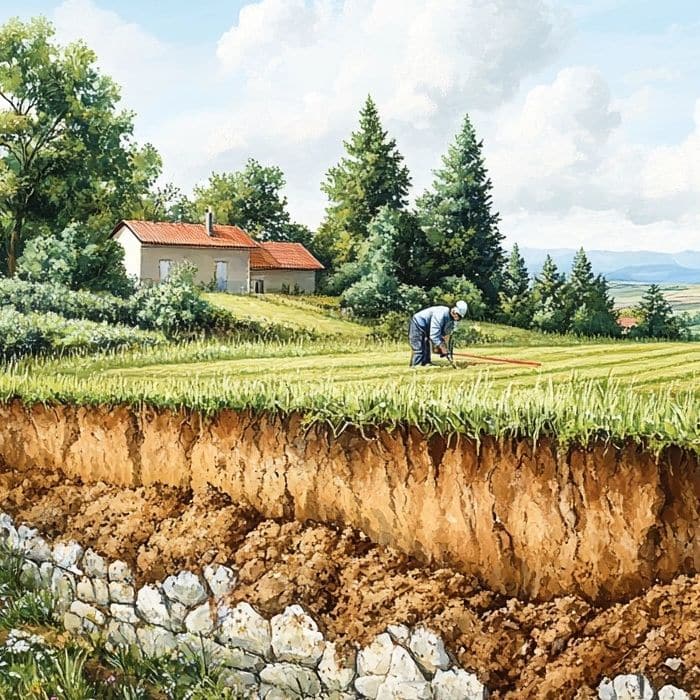
What Subsoil Research Means for Climate Change
Subsoil’s ability to store carbon could play a crucial role in mitigating the effects of climate change. Healthy sub soil acts like a sponge, holding more water during wet periods and releasing it slowly during dry spells, which is essential for plants to survive in fluctuating conditions.
In my own garden, I noticed that after addressing the compaction in the subsoil, plants became more resilient during droughts with these water retention strategies.
The DeepHorizon1 project goes beyond understanding water retention and nutrient cycling. It also aims to explore how subsoils can contribute to climate resilience. By focusing on carbon sequestration, researchers are identifying ways in which well-managed subsoils could reduce greenhouse gas emissions. For me, this means that even as a small-scale gardener, I can play a role in climate action by enhancing my soil’s health from the bottom up.
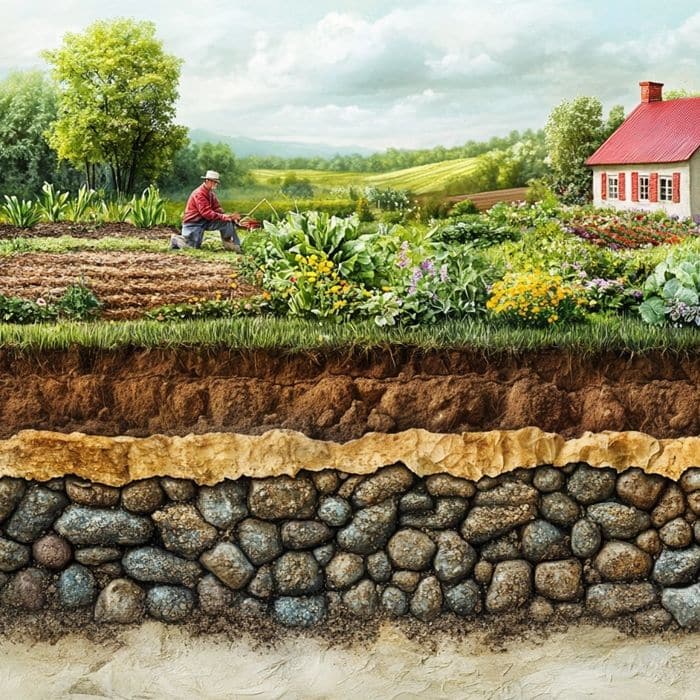
Varda’s Role in the Future of Soil Data
One of the most innovative aspects of this project is how Varda integrates their sampling data into its platform, SoilHive. This centralized hub allows various stakeholders—scientists, farmers, and governments—to access critical data on soil conditions, nutrient levels, and chemical composition. It promotes a data-driven approach to soil health, ensuring that decisions on land management are based on the latest science.
Varda’s involvement in subsoil research mirrors what I’ve been experiencing on a smaller scale in my garden. With more information about the deeper layers of soil, I can make better decisions about crop rotation, soil amendments, and water use. Varda’s platform is doing the same on a global scale, helping farmers, researchers, and policymakers better understand how to use subsoil to its full potential.
What Farmers and Gardeners Can Do Today
Understanding subsoil health isn’t just for large-scale projects like DeepHorizon2. Farmers and gardeners everywhere can start improving their own subsoil. Here are some practical steps:
- Deep tillage: Break through deep soil and compacted subsoil to allow for better root penetration and water absorption.
- Cover crops: Use plants with deep root systems to naturally aerate the subsoil, carbon capture, and improve nutrient cycling processes.
- Organic matter: Incorporate compost or manure deeper into the soil to boost microbial activity and enhance soil structure.
In my own garden, I’ve seen how these small adjustments can make a significant difference in soil health. The changes may seem gradual, but healthier subsoil means more resilient plants, especially during extreme weather.
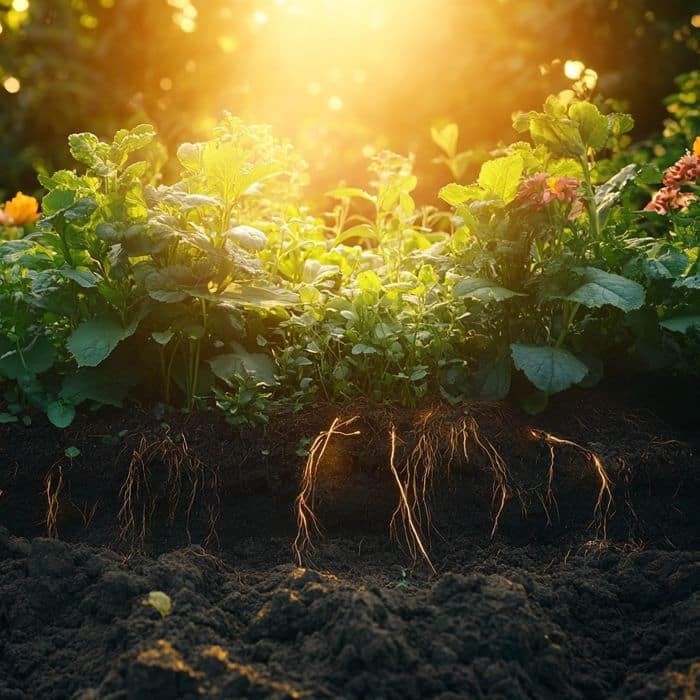
Securing the Future of Soil Health
As the EU’s €6 million investment in sub soil sampling through the DeepHorizon project demonstrates, subsoil is key to sustainable farming and climate resilience. With Varda’s leadership in this effort, and its data-driven approach through SoilHive, we are beginning to unlock the full potential of soil ecosystem services.
Enhancing Subsoil for Resilient Agriculture
The health of our land—and by extension, our planet—depends on how well we understand and manage these hidden layers. Even in my garden, I’ve seen firsthand the impact of better subsoil management on plant resilience and overall soil fertility.
For anyone interested in sustainable agriculture, now is the time to dig deeper—literally. With the right knowledge and tools, we can all contribute to healthier soil, a healthier planet, and a more resilient future.
FAQs
What is subsoil, and why is it important?
The layer beneath topsoil plays a critical role in storing water, nutrients, and carbon, which are essential for plant health and ecosystem stability. It is often overlooked, but it is crucial for sustainable farming and climate resilience.
How does subsoil affect climate change?
This deeper layer has the ability to store significant amounts of carbon, helping to reduce greenhouse gas emissions. It also regulates water flow, retaining moisture during dry periods and releasing it slowly, which helps plants survive extreme weather.
What is the DeepHorizon project, and what does it aim to achieve?
DeepHorizon is a €6 million initiative by the EU, with Varda leading the effort to analyze the deeper layers of soil across Europe. The project aims to better understand how this soil supports ecosystems, stores carbon, and improves farming practices for the future.
How does subsoil impact soil health and plant resilience?
This layer allows for deeper root penetration, better water absorption, and more effective nutrient cycling, which in turn makes plants more resilient to environmental stress, such as drought or heavy rainfall.
What is Varda’s role in the DeepHorizon project?
Varda is overseeing the sampling of the deeper layers of soil for the DeepHorizon project and feeding the data into its SoilHive platform. This system enables farmers, researchers, and governments to access critical information to improve land management.
How can farmers and gardeners improve subsoil health?
You can enhance this layer by using deep tillage to break through compacted ground, planting cover crops with deep roots to improve aeration, and adding organic materials like compost to support healthy microbial activity.
Why is analyzing the deeper soil layers important for agriculture?
Studying this layer helps gather valuable information about soil composition, water retention, and nutrient cycling. This data can guide better land management practices, enhance farming sustainability, and improve resilience to climate-related changes.



